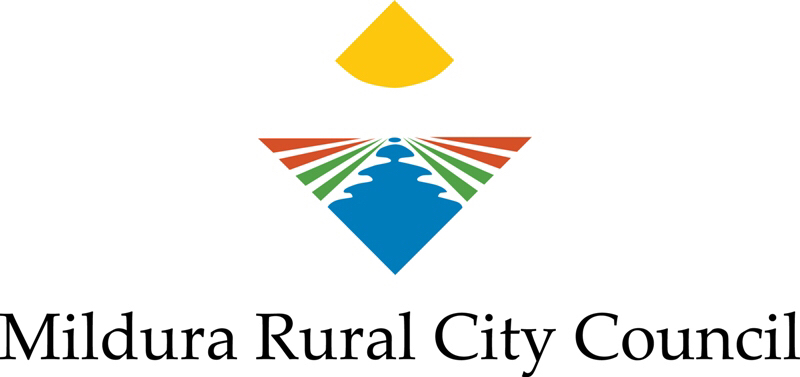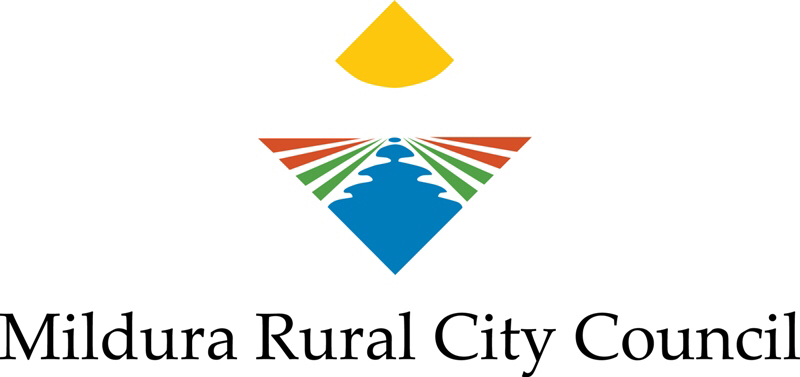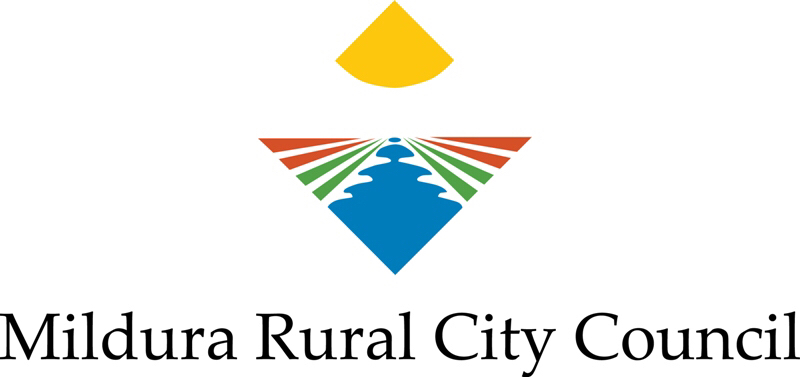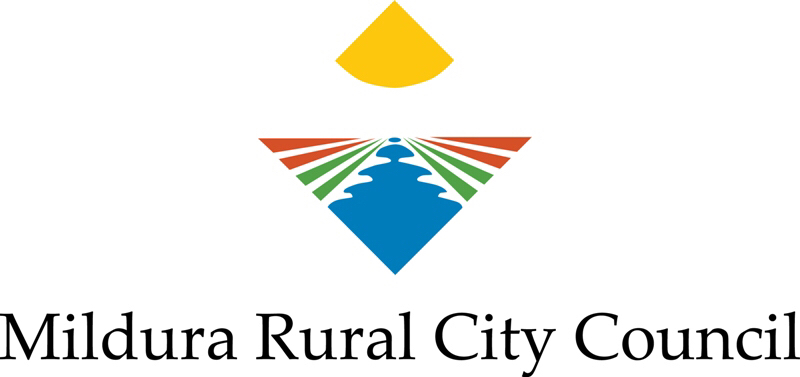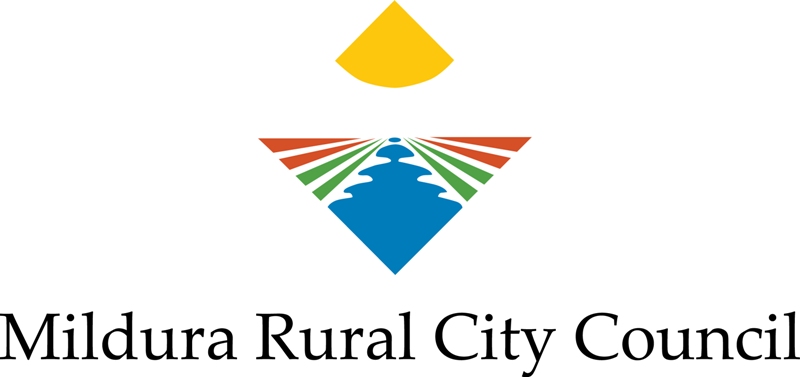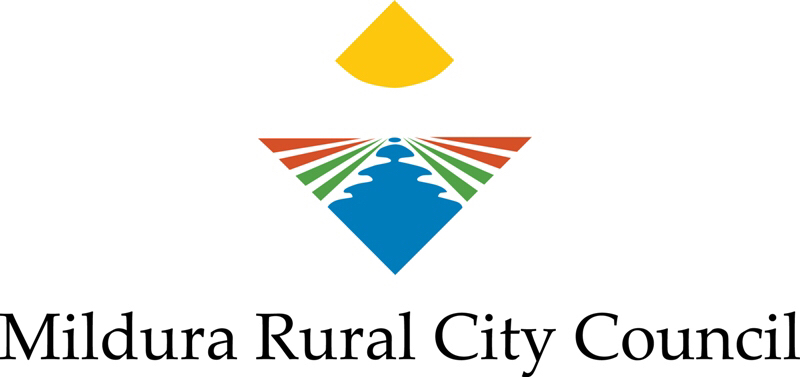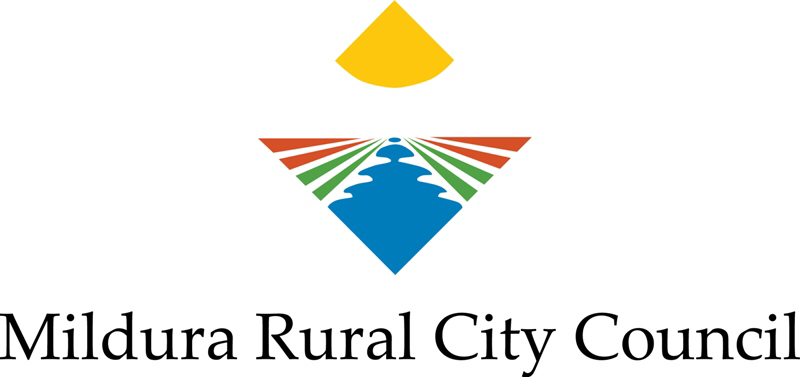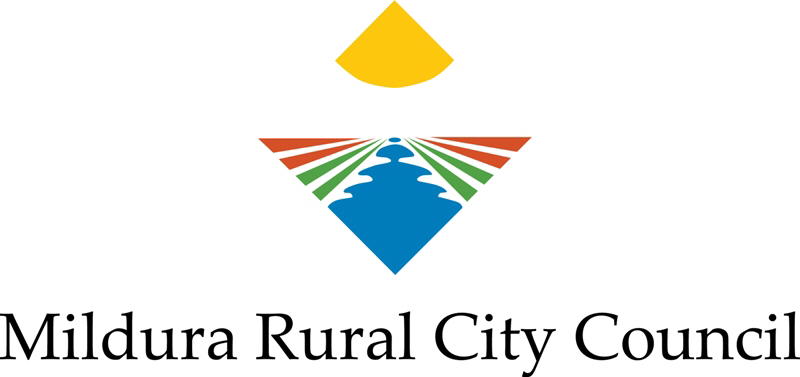Information
-
Premises name
-
- Complaint
- Mandatory Assessment
- Non-compliance
- New Premise
- Transfer Inspection
- Routine Assessment
-
Document No.
-
Trading name
-
Conducted on
-
Prepared by
-
Location
GENERAL INFORMATION
-
Date and Time inspection began
-
Registration name
-
Address of premises
-
Phone number
-
Email address
-
Name displayed on premises?
-
Registration certificate available for inspection?
-
Name of proprietor or staff in attendance
-
Registration number
-
Property File Number
-
Number of staff
-
Officer undertaking the assessment
- Alana Nolen
- Brooke Keher
- Cathy Humphreys
- Malcolm Hare
- Cassie Vardandega
- Jeremy Draper
- Lisa Wilson
- Dale Hutchinson
- Risley Catulong
- Erik Kirpestein
- Rhiannon Sleep
ASSESSMENT TYPE
-
Reason for the assessment
- Complaint
- Mandatory Assessment
- Non-compliance
- New Premise
- Transfer Inspection
- Routine Assessment
REINSPECTION DATE
-
Is a re inspection required?
-
Select date
-
Is this food premises?
-
Food Safety Supervisor
FOOD SAFETY PROGRAM
-
Class of Premises
-
Program Type
- Independant
- Registered Template v2
- Class 3 Minimum Records
- Class 2 Community Group
- Class 3 Community Group
- No Food Safety Program on Site
- Registered Template v3
-
Approved Suppliers list (1)
-
Goods Receival Form (2)
-
Storage Unit(s) temperature log (3)
-
Time log (4)
-
Equipment calibration log (5)
-
Activity Log (internal review process temperature log) (6)
-
Daily diary record sheet (7)
-
Cleaning schedule (8)
-
Approved suppliers list
-
Temperature checks of food in hot or cold storage
-
Cooking temperature checks
-
Use of 2 hour/4 hour rule for high risk food
-
Probe thermometer accuracy checks
-
Sushi preparation
-
Sushi display time log
-
Drying log
-
Meat display time log
-
Sous vide?
-
Cooking method
-
Batch information?
-
Comments
-
Copy of records
RECEIVING
-
Protection from contamination (5(1) of 3.2.2)
-
Identification/traceability of food (5(2) of 3.2.2)
-
Recommended Quality Assurance practice in relation to stock control regarding high risk product is to:
a. ensure stock on purchase or receival has necessary labelling requirements, eg. use-by-date.
b. only order stock quantity of product that is necessary, ie don’t overstock.
c. keep product in its original packaging where possible.
d. mark product with relevant details (eg discard date) when it undergoes a change of state or storage conditions (eg when thawed, cooked, opened, etc) and is to be subjected to further holding time. (3.2.2. (7.1a))
-
Temperature control of PHF (5(3) and (4) of 3.2.2
STORAGE
-
Protection from contamination (6(1)(a) of 3.2.2)
-
Appropriate environmental conditions (6(1)(b) of 3.2.2
-
Temperature control of PHF (5(3) and (4) of 3.2.2)
-
Enter cooling storage type
Cooling storage type
-
Location
-
-
This is in the temperature Danger Zone why?
PROCESSING
-
Safe and suitable food (7(1)(a) of 3.2.2)
-
Protection from contamination (7(1)(b)(i) of 3.2.2)
-
Adequate cooking/processing (7(1)(b)(ii) of 3.2.2)
-
PHF out of temp. control for min. time (7(2) of 3.2.2)
-
Cooling of PHF (7(3) of 3.2.2)
-
7(3) A food business must,when cooling cooked potentially hazardous food, cool the food:
(a) within two hours from 60 c to 21c; and
(b) within a further four hours from 21c to 5c -
Reheating of PHF (7(4) of 3.2.2)
-
Are raw egg products produced?
-
What type of product is used?
- Raw egg
- Raw egg white
- Raw egg yolk
- Pasteurised raw egg
- acidified
- Other
-
What types of food are produced?
- Mayonaise
- Aioli
- Hollandaise
- Egg butter
- Tiramisu
- Mouse
- Fried ice cream
DISPLAY
-
Protection from contamination (8(1), (2), (3) & (4) of 3.2.2)
-
Temperature control of PHF incl. frozen (8(5) of 3.2.2)
-
Enter heating unit type
Heating unit type
-
Location
-
Type of heated storage
- Bain marie
- hot box
- pie warmer
- holding cabinet
- portable food warmer
- hot food tables
- steamer
- rice warmer
- heat lamp
-
This is the temperature danger zone why?
-
Enter cooling storage type
Cooling storage type
-
Location
-
Type of cold display
- Bain Marie
- Sandwich bar
- Pizza ingredients
- Ice cream bar
- ice box
- Salad bar
- Deli display
- Frozen goods
- dairy cabinet
- drinks
-
This in the temperature danger zone why?
PACKAGING
-
Appropriate materials and process (9 of 3.2.2)
-
Food wraps and containers will not cause contamination?
-
Pre-packaged Foods (labelling) packed onsite?
Type of food sold
-
Description of food FSC (1.2.2 1a)
-
Name and address of supplier FSC (1.2.2 2)
-
Lot identification FSC (1.2.2 2)
-
Mandatory & advisory warnings FSC (1.2.3)
-
Ingredients list in descending order (1.2.4)
-
Date marking FSC (1.2.5)
-
Storage conditions FSC (1.2.5)
-
Nutritional Information Panel (1.2.8)
-
Characterising ingredient FSC (1.2.10)
TRANSPORTATION AND DISTRIBUTION
-
Protection from contamination (10(a) of 3.2.2)
-
Temperature control PHF (10(b) & (c) of 3.2.2)
RECALLS/FOOD DISPOSAL
-
Food for disposal not sold/recall process (11, 12 of 3.2.2)
HEALTH, HYGIENE & KNOWLEDGE
-
Health of food handlers - responsibilities (14 of 3.2.2)
-
Any food handler with symptoms or a diagnosis of an illness (such as vomiting, diarrhoea or fever) must:
• report that they are ill to their employer or supervisor
• not handle food if there is a reasonable likelihood of food contamination as a result of the illness
• if continuing to engage in other work on the food premises, take all practicable measures to prevent food from being contaminated
• notify a supervisor if they know or suspect they may have contaminated food -
Hygiene of food handlers - responsibilities (13, 15 of 3.2.2)
-
Measures the food handler can take, if the food handler is responsible for these tasks, to
minimise the likelihood of compromising food safety and suitability include (to the extent
that is reasonable):
• ensuring food is cooked or processed correctly;
• ensuring potentially hazardous food is being maintained at the correct temperature or,
if time is being used as a control, that the maximum amount of time has not been
exceeded;
• ensuring food is adequately protected from contamination;
• ensuring eating and drinking utensils and food contact services are correctly cleaned
and sanitised;
• ensuring food contact surfaces are adequately protected from contamination; and
• reporting to a supervisor if equipment is not working correctly.
-
Food business - responsibilities (16, 18 of 3.2.2)
-
Adequate hand washing facilities (17 of 3.2.2)
-
Food handling - skills & knowledge (3 of 3.2.2)
PREMISES AND HYGIENE
-
Cleanliness of premises, fittings, equipment (19 of 3.2.2)
-
Cleaning/sanitising of food contact surfaces (20 of. 3.2.2)
-
Suitability and maintenance of premises, fittings and equipment (21 of 3.2.2 and 3, 10, 11 & 12 of 3.2.2)
-
Temperature measuring device (22 of 3.2.2)
-
Use of "single use" items (23 of 3.2.2)
-
Control of animals and pests (24 of 3.2.2)
-
Water supply adequate and potable (4 of 3.2.3)
-
Disposal of sewage and waste water (5 of 3.2.3)
-
Storage of refuse & recyclable matter (6 of 3.2.3)
-
Is waste food being collected by persons for animal feed?
-
Adequate ventilation and lighting (7 & 8 of 3.2.3)
-
Lighting
Lighting to comply with Australian Standard 1680.
Storage area Lux reading is to be a minimum of 110-150.
Food preparation area lux reading is to be a minimum of 500.
Lighting for reading inspection and monitoring equipment areas lux reading is to be a minimum of 600-1200.
Ventilation
Canopy effluent discharge is to be in conformity with Australian Standard 1668.2
(a) The exhaust airflow rate for kitchen exhaust canopies shall be at least 0.38m3 / second / m2 of the top surface area of the cooking equipment to be ventilated.
(b) Exhaust velocity at the point of discharge shall be at least 5m/second.
(c) Make up air shall be supplied to the kitchen or cooking area by either permanent natural ventilation or an approved mechanical ventilating supply system capable of supplying not less than 10 complete air changes per hour, where the make up air is free from contamination and impurity.
The filters shall be removed and thoroughly cleaned on a regular basis to ensure they are kept in a clean condition at all times. The internal surfaces of the exhaust ductwork shall be cleaned on at least a six monthly basis. The mechanical exhaust system shall operate at all times when cooking or heating is carried out. -
Storage of personal effects/chemicals (15 of 3.2.3)
-
Adequate toilet facilities (16 of 3.2.3)
Accommodation
ACCOMMODATION
-
Does this premises have accommodation?
Tap to enter information
-
What type of accommodation?
- Motel
- Hotel
- Boarding house
- Back Packers
- Bed and Breakfast
- Rooming house
- Holiday camp
- Student dormitories
- Hostel
-
Do bedrooms need to be measured?
Bedroom
-
Size of bedroom (sqm.):
-
Max no. Persons permitted:
- Room not for rent
- No access to bedroom
- < 7.5 sqm 0 insufficient size
- 7.5 to 10 sqm 1person for more than 31 days 2 persons for 31 days or less
- 10 to 12sqm 1 persons for more than 31 days, 3 persons for 31 days or less
- 12 to 14 sqm 2 persons for stays more than 31 days, 4 persons for stays 31 days or less
- 14 to 16 sqm 2 persons for stays more than 31 days, 5 persons for stays 31days or less
- 16 to 18 sqm 3 persons for stays 31 days or more, 6 persons for stays 31 days or less
- 18 to 20 sqm 3 persons for stays more than 31 days, 7 persons for stays 31 days or less
- 20 to 22 sqm 4 persons for stays more than 31 days, 8 persons for stays 31 days or less
- 22 to 24 sqm 4 persons for stays more than 31 days, 9 persons for stays 31 days or less
- 24 to 26 sqm 5 persons for stays more than 31 days, 10 persons for stays 31 days or less
- 26 to 28 sqm 5 persons for stays more than 31 days, 11 persons for stays 31 days or less
- 28 to 30 sqm 6 persons for stays more than 31 days, 12 persons for stays 31 days or less
- 30 to 32 sqm 6 persons for stays more than 31 days, 12 persons for stays 31 days or less
- 32 to 34 sqm 7 persons for stays more than 31 days,15persons for stays 31 days or less
- 34 to 36 sqm 7 persons for stays more than 31 days, 16 persons for stays 31 days or less
- 36 to 38 sqm 8 persons for stays more than 31 days, 16 persons for stays 31 days or less
- 38 to 40 sqm 8 persons for stays more than 31 days, 17 persons for stays 31 days or more
- > 40 sqm do calculations
-
No. of beds:
- 1
- 2
- 3
- 4
- 5
- 6
- 7
- 8
- 9
- 10
- 11
- 12
- 13
- 14
- other
-
No. of persons currently residing in this room:
- 1
- 2
- 3
- 4
- 5
- 6
- 7
- 8
- 9
- 10
- 11
- 12
- 13
- 14
- other
-
Add media
-
Do no. of occupants comply re crowding?
-
Room number on each room or dorm?
-
The minimum floor area of a room or cubicle is 7.5m2
Persons stay for long term (greater than 31days) 12m2= 1 person + 4m2 for each additional person
Persons stay (less than 31days) 7.5m2 -10m2 = 2 persons > 10m2 = 3 persons + 2m2 for each additional person
Holiday camp must provide 2m2 for each person staying < 31days
NB: 1 child < 3 years old is not counted as a person. 2 children < 3 years old counted as one person.
Floor area includes any built in cupboard and furniture. -
Is a register kept and up to date?
-
R26 Record of names, addresses of persons occupying ,dates of arrival and departure.
Records to be kept for 12 months after the date of last entry.
GENERAL AREA
-
Water supply
- Reticulated town supply
- Non potable
- Bottle water
-
R 20 Water supplied to:<br>Bathing (hot & cold)<br>Kitchen (hot & cold)<br>Laundry (hot & cold)<br>R 21 Drinking water (must be potable)
EMERGENCY
-
Access and egress paths clear?
-
Fire fighting equipment easily accessible ?
-
Fire fighting equipment checked in last 6 months?
-
Adequate lighting and exit signage?
-
Dose the premises contain or require interlinked smoke detectors?
-
If not interlinked refer to building surveyor?
COMMON AREAS
-
Clean and tidy?
-
Refrigerators and storage cupboards clean out regularly?
-
BBQ cleaned if supplied?
-
Cups, glassware and crockery sanitised correctly?
BATHROOMS
-
Is a bathroom assessment required?
Bathroom
-
Amenities
- 1 Toilet
- 1 Shower
- 1 Bath
- 1 Basin
- 2 Toilets
- 2 Showers
- 2 Baths
- 2 Basins
- Other
-
Add media
-
Do no. Of amenities comply with PH&WB requirements?<br>Note 1 toilet,1 bath/shower & 1hand basin required for every 10 persons or part thereof.
-
Clean and tidy?
LAUNDRY FACILITIES
-
What facilities are provided?
-
- Washing machine
- Trough
- Dryer
-
Is linen cleaned commercially?
-
Is linen changed at least weekly or on change of occupant?
WASTE DISPOSAL
-
Sufficient vermin proof receptacles provided.
-
All emptied and cleaned regularly?
MAINTENANCE
-
Room photos
-
Floors and walls?
-
Ceilings?
-
Furniture and beds?
-
Pest control including bed bugs and fleas?
SWIMMING POOLS AND SPAS
-
Has this premise have a Pool?
-
Type of test kit
-
Have records of the following parameters been maintained at the frequency specified?
-
Log books to be kept for at least 12 months after the last entry and available on demand to an authorised officer. The records should then be archived for a further six years.
-
Free chlorine recorded daily
-
Total chlorine recorded daily
-
Free bromine recorded daily
-
Combined chlorine recorded daily
-
pH recorded daily
-
Alkalinity recorded weekly
-
Cyanuric acid recorded weekly
-
Chlorinated Pools
Chlorine Residual Spa Pools Swimming Pools
Cyanuric Acid Cyanuric Acid Cyanuric Acid Cyanuric Acid
Not Present Present Not present Present
Free Chlorine Minimum 2 mg/L 3 mg/L 1 mg/L 2 mg/L
Free Chlorine Maximum 8 mg/L 8 mg/L 8 mg/L 8 mg/L -
Brominated Pools
Bromine Residual Spa Pools Swimming Pools
Free Bromine Minimum 4 mg/L or 2 mg/L measured 2 mg/L or 1 mg/L measured
as a chlorine equivalent as a chlorine equivalent
Total Bromine Maximum. 8 mg/L or 4 mg/L measured 8 mg/L or 4 mg/L measured
as a chlorine equivalent as a chlorine equivalent. -
Other tests
Minimum Maximum
pH 7.2. 8.0
Total Alkalinity 60 mg/L -
Cyanuric Acid - 100 mg/L
Temperature of 40°C
Operation
Chlorine Pool
-
Add media
-
Pool type
- spa
- swim spa
- 50 metre
- 25 metre
- diving pool
- toddler
- wave
- slide
- leisure
-
Construction
-
Disinfection system
-
Bathing load at time of assessment ?
-
Is the pool clean and free of debris?
-
Test required?
-
Comments or action required
Chlorine Spa
-
Add media
-
Pool type
- spa
- swim spa
- 50 metre
- 25 metre
- diving pool
- toddler
- wave
- slide
- leisure
-
Construction
-
Disinfection system
-
Bathing load at time of assessment ?
-
Is the pool clean and free of debris?
-
Test required?
-
Comments or actions required
Bromine Pool
-
Add media
-
Pool type
- spa
- swim spa
- 50 metre
- 25 metre
- diving pool
- toddler
- wave
- slide
- leisure
-
Construction
-
Disinfection system
-
Bathing load at time of assessment ?
-
Is the pool clean and free of debris?
-
Test required?
-
Comments or action required
Bromine Spa
-
Add media
-
Pool type
- spa
- swim spa
- 50 metre
- 25 metre
- diving pool
- toddler
- wave
- slide
- leisure
-
Construction
-
Disinfection system
-
Bathing load at time of assessment ?
-
Is the pool clean and free of debris?
-
Comments or actions required
Tobacco
TOBACCO
-
Tobacco laws apply?
-
- Smoke free dining
- Tobacco retailer
- Outdoor drinking or dining
- Smoke free dining and tobacco retailer
- Vending machine
- Smoke free dining and vending machine
-
Is smoke free signage displayed in dining areas?
-
Is there an outdoor dining area?
-
Signage?
-
Barriers or buffer zone correct?
-
Is there an outdoor drinking area?
-
Correct buffer zones or separation in place?
-
Is there a vending machine?
-
General retailer
-
Is the vending machine located in a correct position (in the line of sight of the bar area not more than 5<br>metres from the outer edge of the bar area in a licensed premises, or in the line of sight of counter at a<br>gaming venue or casino, or next to the counter at a bottle shop)?
-
Are tobacco products and packaging covered and not visible inside or outside of the vending machine?<br>(price tickets permitted)
-
Are tobacco products and packaging (cigarettes, cigars, loose tobacco and cigars inside humidors) covered and not visible to the public from anywhere inside or outside the retail premises?
-
Is the health warning sign displayed?
-
Is the ‘We don’t sell tobacco to u/18s sign’ displayed?
-
Are staff being trained regarding cigarette sales to minors?
-
Are there any 'discounted' or 'cheap' cigarette signs?
-
Not selling single cigarettes or in packs less than 20?
-
Any signs that smoking may be occurring in the workplace (eg butts, smell )?
-
Has the tobacco sales area have a price board?
-
Is a graphic warning sign displayed on or near the price board?
-
Workplace smoking The entire enclosed workplace to be smoke-free at all times. Smoking status of a workplace never changes even if doors and windows are opened. Smoking status of an outdoor area can change if awning (or similar) are drawn. Occupier must not provide ash trays, matches, lighters or any other things designed to facilitate smoking. If an occupier witnesses smoking in their workplace they should request that the person extinguish the cigarette. Where possible, designate an outside area as the area where smoking is permitted. A cigarette butt bin should be provided in designated outdoor smoking areas Educating new staff regarding the smoke-free enclosed workplace.
COMMENTS/ACTIONS TO BE TAKEN
REINSPECTION DATE
-
Is a re inspection required?
-
Select date
SIGNATURES
-
Signature of Proprietor/Staff
-
Signature of Officer






